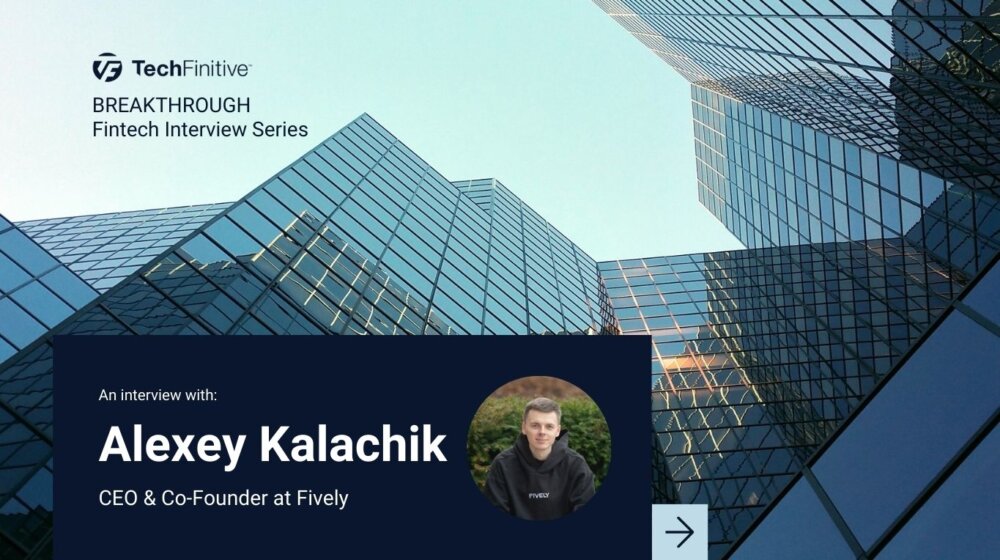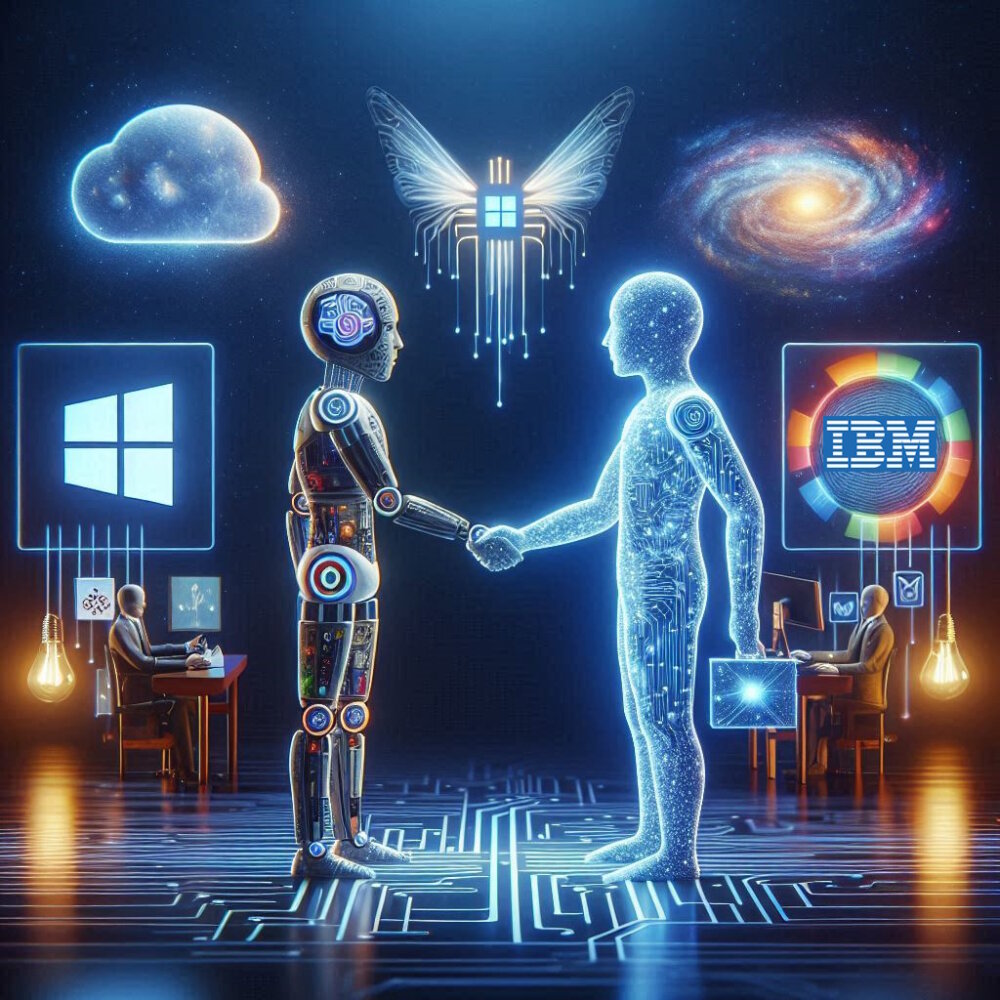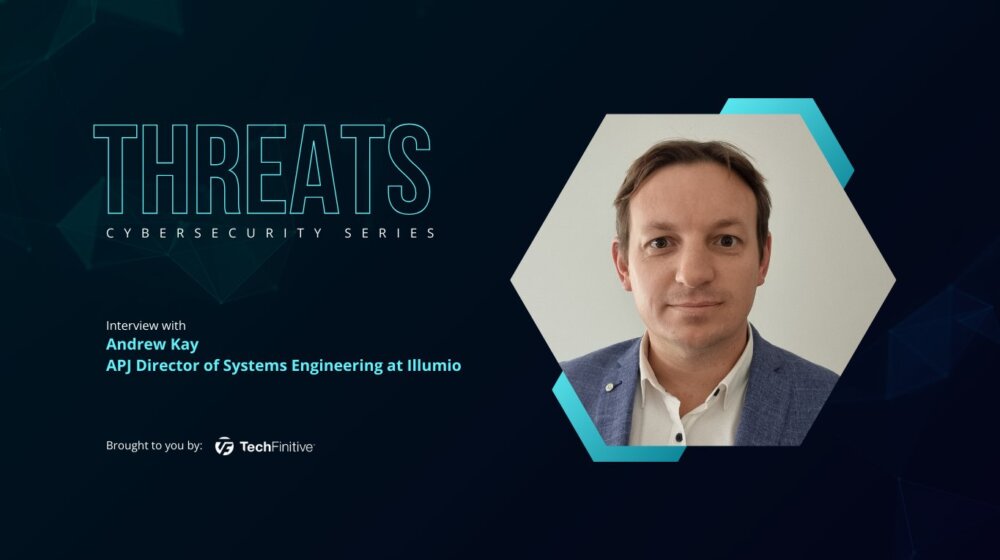
Ervin Järvlepp, Chief Marketing Officer at GAN: “Building your brand is not comparable to creating an Instagram profile. There’s no room for being fake.”
If you’ve read any of our prior Dust or Magic interviews, you may have noticed a common thread among our interviewees. One, enthusiasm. Two, curiosity. Three, sheer love of the job. And once again these three things shine through in our interview with Ervin Järvlepp, Chief Marketing Officer at GAN.
Enthusiasm? “If we want to succeed personally, we must give our absolute best,” says Ervin towards the end of this interview. Curiosity? In spades: “It’s actually rather simple to stay on top of things – just be curious, read a lot and ask many questions. Once you find a trend that interests you, dive a bit deeper.”
And as for love of the job, that simply shines through the whole interview. So read on to discover what exactly makes Ervin tick, from his Estonian background to his love of entrepreneurship. And you’ll also get to discover his views on AI in marketing – which, unsurprisingly for such an upbeat person – are largely positive.
Why Dust or Magic? That stems from a quote by legendary American advertising creative director, William Bernbach: “An idea can turn to dust or magic, depending on the talent that rubs against it.” (And if you’re wondering where you’ve heard the name, Bernbach was the inspiration behind Don Draper of Mad Men fame.)
Could you please introduce yourself to our audience? What motivated you to pursue a career in marketing, and how did you embark on your journey in this field?
I was born and raised in Estonia but moved to the UK when I turned 18. Since my family is very entrepreneurial, it only seemed logical that I pick entrepreneurship for my Bachelor’s degree. At that time I started experimenting with startups in various sectors and found the creation of brands especially fascinating. I carried on obtaining a Master’s degree in e-business and innovation and that laid the foundation for my future career.
After a while, I entered the corporate world and took on the role of a senior analyst at a major tobacco firm. I built myself up until I got the opportunity to lead their marketing division in Estonia. It was intriguing to market a product in a heavily restricted industry. In 2016 I decided to join a new startup called Coolbet. Today we have over 1 million customers in ten countries across Europe and the Americas.
In 2021, Coolbet was acquired by GAN – a B2B iGaming supplier – and I oversee the B2B marketing service as well. An interesting point to highlight for readers is that Sega Sammy Holdings has struck an agreement to acquire GAN. (Yes, it is the same company that created Sonic the Hedgehog and acquired Rovio, the creators of Angry Birds!)
What are your thoughts on the escalating integration of AI in digital marketing and its potential influence on the future of marketing, Martech, and social media?
AI has created a win-win situation that consumers and companies can both benefit from. From a company perspective, we can automate repetitive tasks and that holds a cost-efficient benefit. Predictive analysis helps us to forecast trends and consumer behaviour. We can also produce more high-quality content at a faster rate. Consumers get to experience more personalised ads, recommendations and offers.
There are, however, several challenges to keep in mind. Larger companies that have more funds to invest in AI can make it even more difficult for smaller players to compete with them. Certain more traditional marketing roles, such as copywriters and designers, might see a declining demand. There’s also a question of copyrighting AI-generated content that needs to be answered. Who owns the content in such cases – is it the prompter? The one who created the AI engine? Or does it fall into the public domain?
Related reading: AI copyright: should your business be worried?
How do you ready yourself for an AI-driven landscape as a marketing leader? What new skills do you need?
Anyone adaptable to AI can easily start experimenting with it. There are plenty of easy tools, such as Bard or ChatGPT for content, and Leonardo or Midjourney for design. The entry barriers are incredibly low to make the first steps. If you’re curious and can think logically and critically, you will manage with ease. Building something in-house is significantly more complex and would require a deeper understanding of data and building the models.
Do you anticipate any significant disruptions in marketing and sales technology for 2024? If so, what?
This is where things get fascinating! AI in marketing is a hot topic today. In sales, there are numerous CRM tools to optimise and automate the operations. One of the best ones is for instance an Estonian company called Pipedrive that also utilises AI. Then there’s Pactum – also an Estonian company that uses AI to fully manage commercial negotiations between companies.
So, thanks to AI we can fully automate content creation, CRM, commercial negotiations, design… At this point, I’m just curious when we shall see the first digital company where 99% of operations are being managed by AI.
Related reading: What will the digital landscape look like in 2028?
How do you perceive programmatic advertising in today’s marketing landscape?
We have been using programmatic for seven years in Coolbet. Although it wasn’t new anymore, we still had to explain to people what programmatic and RTB were and how the approach differs from the traditional methods of online advertising. In my opinion, it might be the sole right method for any online company.
Nobody should pay for a banner if the majority of the viewers are not in the desired target audience. Programmatic ads enable to advertise to the right audience, at the right time, in the right channel. In other words, it correctly utilises the available data to optimise spending and increase efficiency. In case you’re wondering what programmatic advertising is, then don’t worry. If you’ve ever used Facebook Ads Manager, then you’ve actually used programmatic ads.
What core values have played a pivotal role in shaping your approach to marketing and communication?
Put the customer first. At the end of the day, they pay our salaries. Treat your customers with the respect and transparency they deserve. The day we stop caring about our customers is the day we don’t have a business anymore.
How do you ensure you’re up to date with the latest marketing trends and technologies, and how do you integrate them into your strategies?
It’s actually rather simple to stay on top of things – just be curious, read a lot and ask many questions. Once you find a trend that interests you, dive a bit deeper. Don’t try to force something into your strategy just because it’s cool and popular. There must always be a natural fit.
What piece of advice would you offer to fellow marketing leaders that has been particularly beneficial to you personally?
As marketeers, we are in charge of shaping brands one way or another. However, I find it shocking how few of us pay attention to building the most important brand out there – “Me, Myself & I”.
Our reputation is affected by every action we take. If we want to succeed personally, we must give our absolute best. By always keeping it in mind, I have pushed myself to reach for excellence. If executed correctly, others around you will notice it, will want to work with you and eventually will follow you. Just keep in mind to stay true to yourself. Building your brand is not comparable to creating an Instagram profile. There’s no room for being fake.
NEXT UP

Alexey Kalachik, CEO & Co-Founder at Fively: “The potential for digitalisation within insurance is enormous”
We interview serial entrepreneur Alexey Kalachik, CEO & Co-Founder at Fively, on the future of fintech and what makes this space so exciting for startups.

IBM bolsters AI push with Microsoft Copilot launch
In a bid to boost its AI offering, IBM Consulting will enable enterprises to create and manage AI copilots – including Copilot for Microsoft 365

Andrew Kay, Director of Systems Engineering APJ at Illumio: “The most worrying development with ransomware is that it has evolved from simply stealing data to impacting IT availability”
Andrew Kay, Director of Systems Engineering APJ at Illumio, has 20 years’ experience helping organisations strengthen their cyber resilience. We interview him as part of our Threats series on cybersecurity.